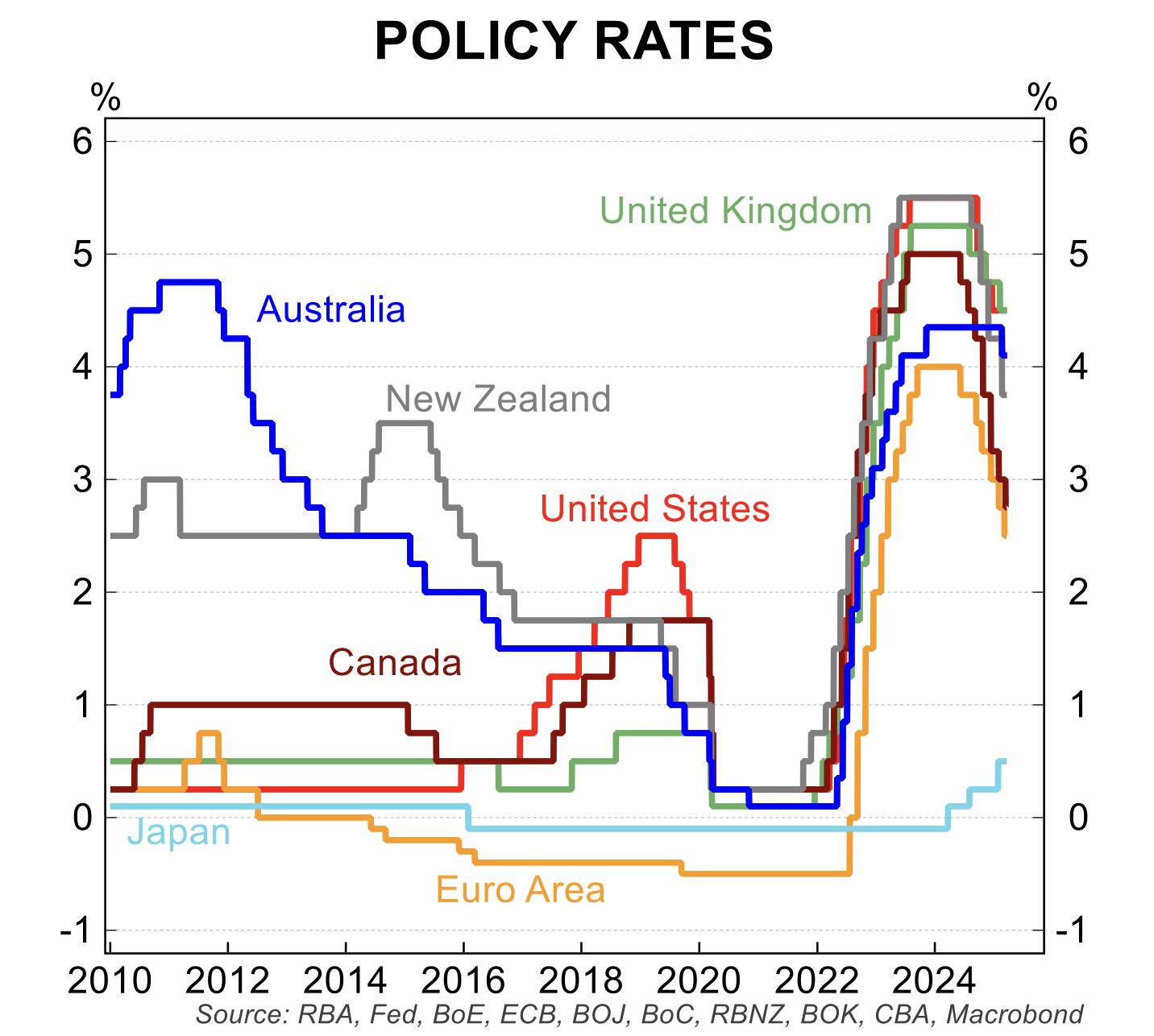Income-seeking investors are constantly searching for reliable avenues to generate consistent returns. Real estate debt funds can provide a compelling alternative to the traditional options of equities (shares), bonds and rental income from direct property ownership for investors seeking a regular and predictable income stream.
The rise of commercial real estate debt in Australia
The private debt sector in Australia is experiencing significant growth, underpinned by a number of strong property and economic fundamentals. In fact the Australian commercial real estate debt market, a subset of the broader private debt sector, has undergone a remarkable transformation in recent years, experiencing a strong 7.9% Compound Annual Growth Rate (CAGR) since 20131. In Australia, the ‘Big Four’ banks (complemented by smaller, second-tier banks) have traditionally controlled around 85% of the commercial real estate debt (CRED) market; accounting for $357.4 billion in commercial real estate loan exposures2.
However, this has been undergoing a shift for some years, driven partly by banks’ shrinking appetite but also from quality borrowers actively seeking non-bank funding avenues for increased flexibility and significantly faster response times. Authorised Deposit Taking Institutions (ADI) have regulated capital requirements which constrain their lending appetites, and this has opened up more opportunities for privately funded alternative and non-bank lenders, especially in the smaller and middle end of the market.
Over the last decade, non-bank CRE lenders in Australia have increased their market share from c. 10% to c. 15%2. With ADIs’ share of the market expected to fall to 65% over the coming years, private and non-bank lenders will step in to fill this funding gap particularly as Australia’s market fundamentals suggest that the demand for real estate is set to continuing growing over the next decade.

What is a commercial real estate debt fund?
A commercial real estate debt (CRED) fund is a pooled investment vehicle that raises capital from multiple investors and uses those funds to provide loans secured by real estate assets. Unlike a real estate investment trust (REIT) which invests directly in properties, a CRED fund focuses solely on financing the properties or the development projects to build the properties. Commercial Real Estate Debt involves financing the purchase, development, or refinancing of commercial properties. Investors provide funds to borrowers (property developers or owners) in exchange for regular interest payments and the eventual repayment of the principal amount. Just as corporate bonds provide an alternative to buying shares in companies, CRED provides exposure to the property market without needing to own the assets.
There are generally two ways to invest in CRED:
Individual loans
Investors are matched to specific loans, based on their risk profile and return preferences. The investor reviews the loan details to ensure it fits their needs prior to funding the deal. These loans usually require multiple investors, essentially creating a loan syndicate.
Discretionary funds
Investor capital is pooled in a fund and the investment manager allocates capital to a range of loans that align with the fund’s mandate. This provides investors with regular income based on a target return, as well as diversification across a portfolio of loans.
Why invest in a commercial real estate debt fund?
In a period of high inflation and high interest rates, CRED has a number of attributes that may make it attractive to investors.
Mortgage secured:
Loans are secured by real assets (e.g. development site), with investors taking precedence among creditors in the event of the loan defaulting. This helps to manage risk. This hierarchy is often depicted in the form of a capital stack, outlining the debt versus ownership ranking in the security and repayment waterfall.
Predictable income
Borrowers agree to pay interest over the life of the loan, and this is the basis of ongoing ‘coupon’ payments to investors. This is unlike dividends for equities, which are discretionary and dependent on the company’s cashflows.
Pricing power
Loans are negotiated on a deal-by-deal basis. This means loans can be priced according to market conditions, even if interest rates rise. Most CRED loans incorporate some form of variable, or floating, rate pricing mechanism and as such, are one investment asset class that can actually benefit from rising interest rates. As the interest rates of the CRED loan rise, so do the amount of the borrowers’ interest repayments and these increased returns are passed onto investors as regular distributions. The regularity of the interest payments of the underlying loans also means the returns are more predictable than those from equity-based property investments.
The benefits on investing in commercial real estate debt through a debt income fund

Many investors choose to invest in private CRED through a CRED fund. Investing via a fund, as opposed to direct loan-by-loan, opportunity-by-opportunity investment can offer several advantages:
Professional management:
Private CRED is a highly specialised asset class that requires the skill of a specialised and highly experienced investment manager.
Diversification:
Investors in a private debt fund can benefit from the natural diversification from the specifically curated mix of loan types, purpose and location.
Immediate returns:
Investment funds are able to generate a return from the day they are invested in a Fund, rather than needing to wait around for the next available direct investment opportunity.
Important considerations before investing
While private commercial real estate debt funds offer a compelling option, it’s crucial to consider the following factors before investing:
Investment strategy:
Different funds have differing risk profiles and investment strategies. Understand your risk preference and choose a fund that aligns with your investment goals.
Fees and expenses:
Debt funds typically charge management fees and sometimes, performance fees. Compare fees across different funds and ensure they align with the potential returns.
Independent fund research and ratings:
Generally, the research process gives consideration to a broad number of qualitative and quantitative factors. Essentially, the evaluation process includes the following key factors: product management and underlying portfolio construction; investment management, product structure, risk management, experience and performance; fees, risks and likely outcomes. Ratings and independent analyst-driven research can help you evaluate a fund and its potential role in an investment portfolio.
Track record and reputation:
It’s imperative to conduct necessary due diligence to determine the track record and reputation of the fund manager. Look for an investment manager with a proven history of successful delivery, their loss history and fund performance over time, and their ability to invest through multiple economic cycles.
Zagga’s high-calibre team has over 200 years’ combined experience in credit, property and investment management. To date, Zagga has returned 100% of all investor capital. With their expertise, they are well-placed to assist in creating risk-adjusted, stable investment income through their range of private CRED funds.
Liquidity:
Understand the minimum investment and liquidity terms of the fund. Many funds have minimum investment timeframes that impose lock-up periods on the redemption of investment capital.
Do you have questions about investing through Zagga?
- https://www.livewiremarkets.com/wires/unlocking-a-74-billion-boom-australia-s-thriving-private-commercial-real-estate-debt-market
- As at June 2022 – Quarterly authorised deposit-taking institution property exposure statistics, APRA, June 2022 (released 6 September 2022)




